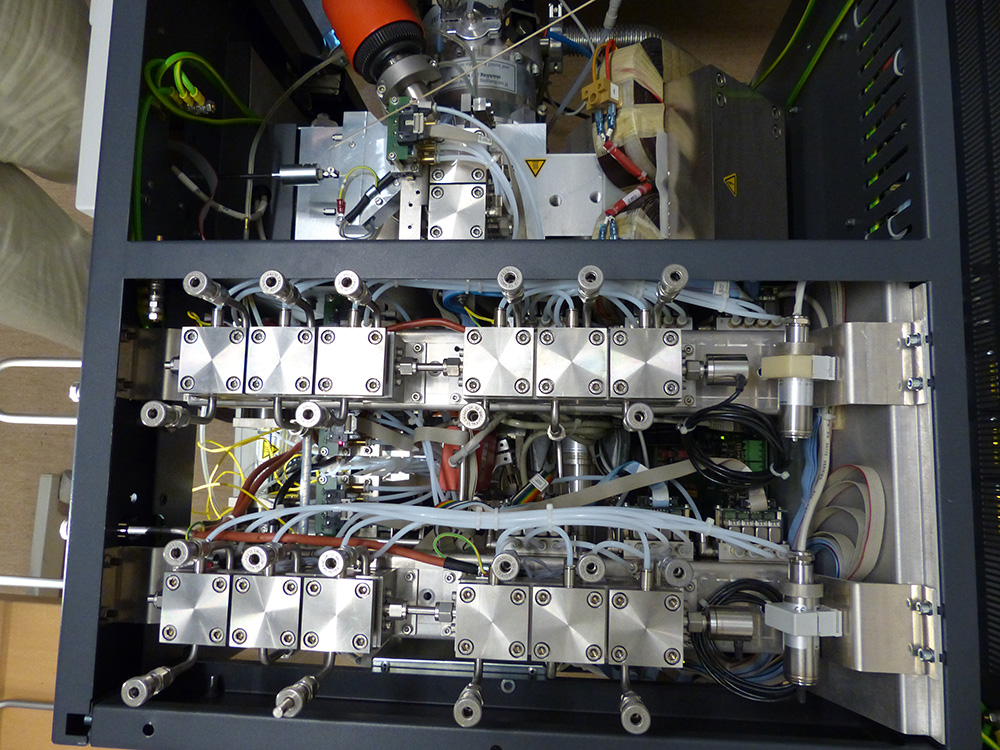Stable isotopes

Stable isotopes
Unlike radiocarbon, stable isotope measurements are usually made on isotopes that are relatively abundant. Therefore, they do not require the additional acceleration provided by an AMS system, and ion beam currents can be measured directly in an isotope-ratio mass spectrometer (IRMS).
Stable isotopes are non-radioactive nuclides of elements. The ratio of certain of these stable isotopes to the isotope that occurs most commonly in nature can be used to study mass-dependent fractionation processes. The enrichment or depletion of the heavy to the light isotope compared to a standard provide the δ-value. For δ13C, this standard is Vienna Pee Dee Belemnite, an extinct cephalopod, whereas δ15N is measured relative to air.
The variations in stable isotopic abundance can provide information about photosynthetic pathways in plants, dietary preferences of humans and animals, and can be used to distinguish organic from abiotic carbon. The 13C to 12C ratio is also used for fractionation correction of radiocarbon measurements and it can provide palaeoclimatic information in cases where the change in ratio indicates a change in photosynthetic activity.
Stable isotope measurements cost 340 NOK per analysis. One analysis can be a combined δ13C- and δ15N-analysis, or a δ34S-analysis, or a combined δ13C- and δ18O-analysis.
Sample preparation for stable isotopes costs 1000 NOK per sample (this will not be charged for samples, which have already been prepared for radiocarbon dating). Sample preparation can e.g. be collagen extraction from bones or extraction of alpha-cellulose from wood.